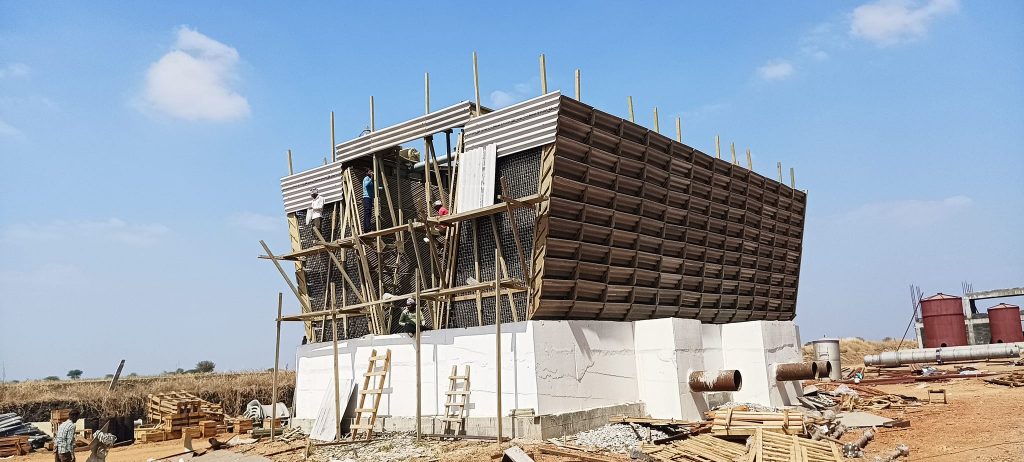The quality of wood used in a wooden cooling tower is critical for ensuring durability, efficiency, and resistance to decay in harsh operating conditions (constant water exposure, heat, and biological growth). Below are the key quality requirements for wood in cooling towers:
1. Type of Wood (Best Choices)
Wooden cooling towers typically use treated softwoods due to their strength, rot resistance, and cost-effectiveness. The most common types include:
- Douglas Fir – Strong, durable, and naturally resistant to decay.
- Southern Yellow Pine (SYP) – Treated well with preservatives, widely used in cooling towers.
- Redwood – Naturally resistant to moisture and insects but more expensive.
- Western Red Cedar – Good resistance to decay but less common in industrial towers.
Avoid untreated or low-density woods (e.g., spruce, untreated pine) as they degrade quickly.
2. Pressure Treatment (Preservative Chemicals)
Since cooling towers are constantly exposed to water, the wood must be pressure-treated with preservatives to prevent:
- Rot & fungal decay
- Termite & insect damage
- Bacterial growth
Common Wood Preservatives:
- CCA (Chromated Copper Arsenate) – Highly effective but restricted in some regions due to arsenic content.
- ACQ (Alkaline Copper Quaternary) – A safer alternative to CCA, widely used today.
- Creosote – Used in heavy industrial applications but has environmental concerns.
- Micronized Copper (MCA) – A newer, eco-friendly option.
Minimum Retention Levels (For Cooling Towers):
| Preservative | Retention (lbs/ft³) |
| CCA | 0.6 – 0.8 |
| ACQ | 0.25 – 0.4 |
3. Moisture Content & Drying
- Kiln-dried wood (KDAT – Kiln-Dried After Treatment) is preferred to prevent warping and cracking.
- Ideal moisture content: 15–19% (to avoid excessive swelling/shrinking).
4. Structural Quality & Grading
- Select Structural Grade (SS) or #1 Grade – Free from large knots, cracks, and defects.
- Straight grain & minimal warping – Ensures structural stability.
- No bark or sapwood – These areas decay faster.
5. Resistance to Scaling & Deposits
- Wood should have a smooth surface finish to minimize scaling and algae buildup.
- Regular water treatment (biocides, anti-scaling agents) helps maintain wood quality.
6. Compliance with Standards
- AWPA (American Wood Protection Association) Standards – Specifies treatment requirements.
- IS 401 (Indian Standard) – For wood preservation.
- EN 335 (European Standard) – Defines durability classes.
7. Expected Lifespan
- Properly treated wood lasts 15–25 years in cooling tower applications.
- Untreated wood may degrade in 3–5 years.
Maintenance Tips to Prolong Wood Life
- Regular inspections for rot, cracks, or chemical degradation.
- Reapply preservatives/sealants if needed.
- Keep water chemically treated to prevent biological growth
